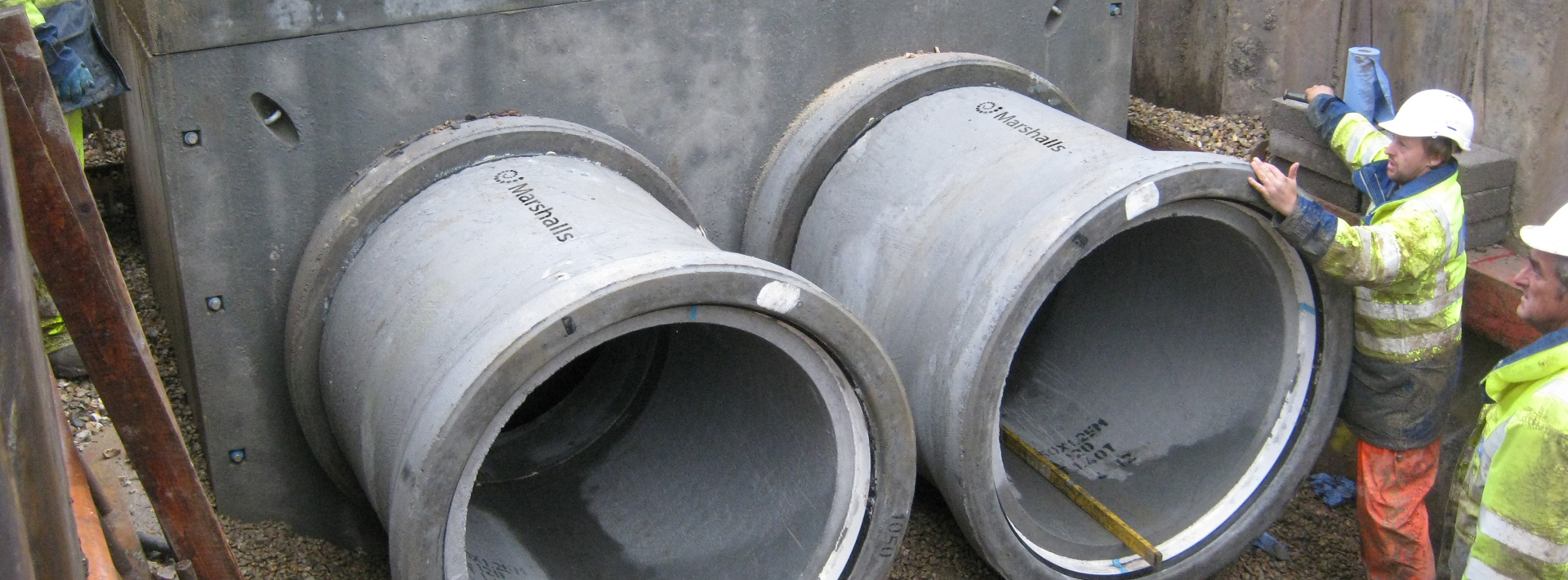Blog
With water companies pledging £10 billion to reduce the sewage and waste outflows and apologising for dumping billions of litres of sewage discharging into our rivers and seas, we take a look at where our waste goes to and why it shouldn’t be out of sight, out of mind.
Most of the UK operates a combined sewerage system, with both rainwater and wastewater (from bathrooms, kitchens and toilets) all flowing through the same pipeline.
The belief is that the wastewater is carried to a sewage treatment works, however, the Environment Agency (EA) believes that capacity can be exceeded during heavy rainfall, especially when dry ground is unable to absorb water quickly, which is becoming more common with climate change and an increase in flooding and hotter summers. This leads to an inundation of the sewage works and the flooding of homes, roads, open spaces and the built environment.
When this happens, the sewer system is designed to overflow and discharge excess wastewater into rivers and the sea.
In 2022, Ofwat, the water regulator for England and Wales, launched cases against six water companies for discharging sewage when they shouldn’t with available data showing raw sewage being pumped into rivers and seas for 1.75 million hours. The EA reports that this was actually down by 19% in 2021 due to drier weather rather than water companies’ actions.
Why size matters?
We an increase in population and climate change, the need for larger pipeline systems that can store the additional wastewater rather than discharging it is the key to the solution.
However, this means replacing the existing system which serves 1,433 water treatment works and 5,950 service reservoirs in the UK and well over 368,000 km of sewers, some over 800 years old is no mean feat.
Using larger pipes, combined sewer overflows and tank systems with control and treatment measures will reduce the amount of wastewater arriving at the sewage treatment plant and allows for a more systematic approach to the treatment of wastewater, reducing the need to discharge into open courses.
Why material matters?
The average length of time required to renovate or replace the entire UK network ranges between 576 years for critical sewers and 879 years for all sewers. The minimum replacement/renovation time recorded was 127 years for Wessex Water (for critical sewers in 2008) and the maximum was 16,536 years for Yorkshire Water (for critical sewers in 2010).
This worrying gap between the design life of sewers and the actual service life requirement is highlighted in the government’s White Paper “Water for Life”, published in December 2011. It notes that only 1% of public sewers in England and Wales were replaced or rehabilitated between 2000 and 2008 and warns that if we continue to invest at that rate it will be about 800 years before the existing system is covered.
Concrete pipes have a longer design life than other materials at over 100 years, with a higher jetting rate, meaning they don’t just last longer but can be cleaned by the pipe jetting method making them easier to maintain and longer lasting than other sewer pipe choices.








